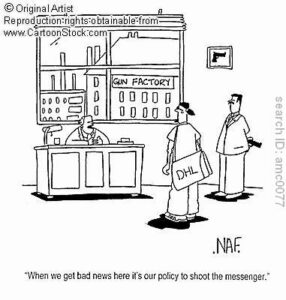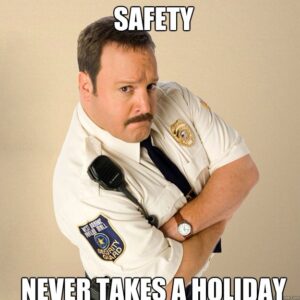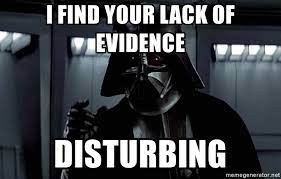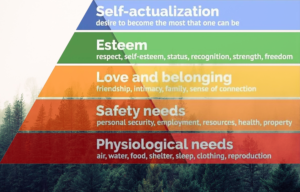ALL ACCIDENTS ARE PREVENTABLE!

This phrase is often used in safety circles and sparks very intense debates. On one side the very definition of an accident, Unintentional & Unexpected event leading to loss or injury, leads many to rally around the opinion that we cannot prevent something that is unforeseen. On the other side, there are those that believe all accidents have root causes and In the root cause, lies the key to accident prevention.
So dear reader, stay with me to the end for what Jeremy Clarkson would call, “the bombshell, but first let us agree on two things. Random acts of God are disqualified as workplace accidents just to keep this within the realm of humanity. Secondly, sabotage and malice leading to accidents are intentional and therefore fall under workplace security.
Argument FOR usually have the key points below:
The capacity to expect the unexpected can be improved. This can be through experience, training, Job Safety Analysis, Historic records, user manuals and risk assessments. These develop the hazard awareness of workers performing tasks.
In addition, What might appear to be a random failure can always be investigated to find out the root cause. The root cause analysis will indeed point to what went wrong and how the incident could have been prevented.
What of a chance occurrence/ probability? We can always improve odds to our favour. No matter how slim the odds, if there is one chance in a million, then it is possible that every accident can be prevented.

These are very compelling arguments, in theory. However, when we introduce one very key Constant in the equation, the Human Being, it all goes belly up. A lot of improvements in machinery, job practises, accident data collection etc. have not managed to completely prevent accidents from happening.
In everyday life, nothing is absolute. We are forced to embrace uncertainties in all that we embark on. Most of the time we manage fairly well, but sometimes the outcome of our decisions isn’t quite what we expected or hoped for. Some circumstances that we operate within might cause things to go wrong because we did not have the full overview at the time of execution. This points to the fact that despite all efforts, as human beings, we all have blind spots. These blind spots disappear in hindsight. Even with unlimited resources of Information, time and money, these resources have to be utilised with 100% efficiency 100% of the time. How practical is that?

It is therefore clear to me that the error safety professionals who hold this opinion make is to overly theorise safety. This phrase should at best be used to instill the culture that we must do all that is possible to prevent workplace accidents. However when accidents occur, they should be approached as a failure in the system and not blamed on the workers.
All accidents are therefore NOT preventable but we can significantly reduce them by instilling a culture that learns from all accidents and prevent recurrence as far as it is practicable. With that I will settle for “Most Recurring Accidents are Preventable”. Don’t you my dear reader agree? Comment below.
References
Busch, C. (2020, September 1). Are All Accidents Preventable? Retrieved from Safety Stratus: https://www.safetystratus.com/blog/all-accidents-are-preventable/
Davidson, A. (2015, June 1). why every accident is preventable. Retrieved from ISHN: https://www.ishn.com/articles/101536-why-every-accident-is-preventable
Wilson, L. (2005, April). All Injuries Cannot Be Prevented. Retrieved from OSH Online: http://www4.ohsonline.com/Articles/2005/04/All-Injuries-Cannot-Be-Prevented.aspx?Page=4








